Who were the first astronauts, cosmonauts and technonauts? Who was the first astronaut to fly a space shuttle? And who is the astronaut who broke three records? The stars are coming
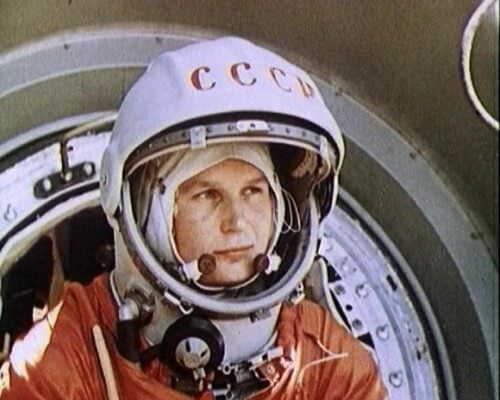
Article: Einat Sagi Alfasa, Young Galileo
In the sixties of the last century, two revolutions took place, which were seemingly unrelated: the first was the space race, and the other - the feminist revolution that worked for equal rights and opportunities for women. About a decade later, the two revolutions met, when women began to fly into space.
Among the 534 humans who were privileged to fly into space (as of 2013), only 57 were women, and they are not much more than a tenth of all astronauts. Most of them are American, but Russia, China, France, South Korea, Japan, Britain and Canada also sent representatives into space. Let's get to know some of the inspiring and groundbreaking female astronauts.
Valentina Treshkova
The first person to fly into space was the Russian Yuri Gagarin; He brought great pride to his people and established a (temporary) victory for Russia against the Allied countries in the struggle to conquer space. The event particularly impressed the young Valentina Treshkova, who was then an engineering student and amateur parachutist who worked for a living in a textile factory. Tereshkova sent a letter to the Russian space agency and expressed her desire to become a cosmonaut (the definition of an astronaut in the Russian space agency). In 1962, when she was only 25 years old, she was accepted for training at the space agency with four other women. The leader of the Soviet Union himself was involved in the decision to accept her for the position. In June 1963 Tereshkova completed a full astronomical orbit in the Vostok 6 spacecraft, and spent 71 hours alone in space. During the flight, there was a disruption in the route planning, and the controllers from the ground had to correct the problem using the autopilot. Until 2007, this fact was hidden so as not to detract from the glory of the first woman in space. After Tereshkova retired from the space agency, she held various political and representative positions in Russia.
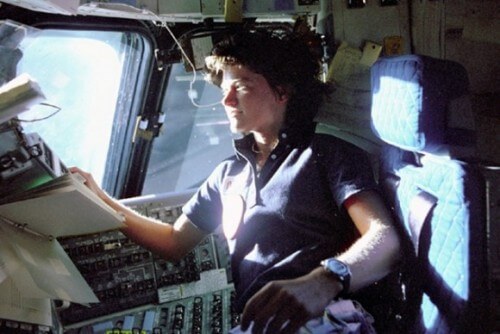
Sally Reid
The first American astronaut had a doctorate in astrophysics and was also an excellent tennis player. Sally (Christine) Reid joined the American space agency NASA in 1978, following an ad published in the student newspaper, which stated that NASA was recruiting non-military candidates - as was the case until then, and also women. After a year of training, Reid was in charge of the ground control room for communication with the shuttle. In June 1983, she made history when she took off into space for the first time with the crew of the space shuttle Challenger and stayed in space for six days. A year later Reid flew again on a mission in space and stayed there for eight days. She was supposed to go on another mission, but the mission was canceled following the Challenger disaster. After her retirement from NASA, she continued to be involved in the world of space and education, and founded a company to develop educational programs to encourage girls and boys to study exact sciences and technology. In June 2012, 29 years after Reid took off into space, she died of cancer. She was 61 years old.
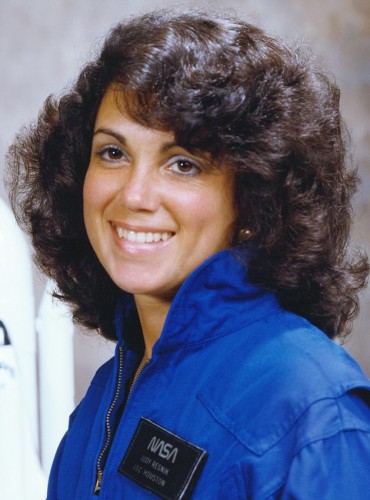
Judith Resnick
The second American astronaut was also the first Jewish woman to fly into space. Judith (Arlen) Resnik was a doctor of electrical engineering, and in her work she also provided services to NASA. In 1978, she was chosen, along with five other women, to participate in an astronaut training program. In August 1984, she participated in the flight of the space shuttle Discovery, in which she got to operate the robotic arm, in the development of which she was a partner. The second mission she participated in was on the space shuttle Challenger. Unfortunately, a few seconds after takeoff, the shuttle exploded, and all the crew members, including Resnick, were blown away.
Photo: NASA
Eileen Collins
On February 3, 1995, Eileen Collins was the first woman to fly a space shuttle - the Discovery. Its mission in space marked the first cooperation between Russia and the United States, after years of competition between the two superpowers. Four years later, Collins became the first woman to lead a space mission. After dealing with a dramatic collapse of two of the shuttle's computers and a hydrogen leak with impressive composure, Collins was nicknamed "mother" by the crew members.
Claude Hagner
The first European astronaut to reach the International Space Station is a French doctor and scientist. On August 17, 1996, Claudie Hegener took off for the first time, but she made history precisely on her second flight into space, in 2001. Hegener, who was 44 years old at the time, took off with two Russian cosmonauts in the "Cassiopeia" program to the International Space Station, to bring a model of the spacecraft there The newest Soyuz. For the flight, Heinger brought her daughter's bear from home, and her picture with the bear in space was her trademark. Later she was also involved in politics and even served as Minister for European Affairs in the French government.
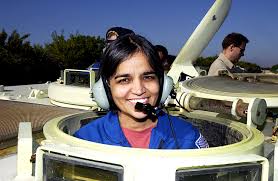
Kalpana Chawla
Chawla was born in India and studied aeronautical engineering there. She moved to the United States following her American husband, and there she continued her studies until receiving a doctorate in aerospace engineering. She began working as a researcher at NASA, and in 1995 began her training as the first Indian-born astronaut. In 1997 she flew 17 days in space on the Columbia shuttle. Its second flight, also on the Columbia shuttle, was launched on January 16, 2003. When the shuttle returned to the Earth's atmosphere, it disintegrated, and all the crew members perished, including the Israeli astronaut Ilan Ramon. There was another woman on that flight: American astronaut Laurel Blair Salton.
Yi Sun-yeon
Yi Sun-yeon was one of only two women studying science at a university in South Korea at the time. She has a doctorate in biotechnology, and in 2006 she managed to defeat, with another candidate, more than 36 thousand candidates for the title of "the first South Korean astronaut". The choice between them was made in a television program in the style of "Kohav Nold". In the end the second candidate was chosen, but the Russian space agency kicked him out of the mission, and Sun-yeon won the job. In 2008, when she was only 29 years old, she took off in the Soyuz spacecraft of the Russian Space Agency, and spent ten days in space.
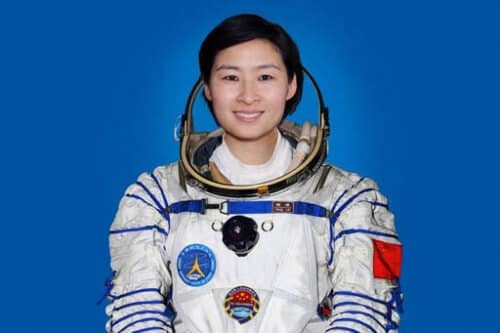
Liu Yang
Along with Russia and the United States, China also decided to become an actor in the race to conquer space. As part of this approach, the Chinese sent the first techonaut (the Chinese equivalent of astronaut and cosmonaut) in June 2012 - Liu Yang, a 33-year-old combat pilot. Yang flew in the company of two techonauts in the Shenzhou 9 spacecraft (the meaning of the name: "The Divine Vessel"), through the Chinese Space Agency, And not through the Russian agency or the American agency..
Sunita Williams
American astronaut Sunita Williams completed her first mission aboard the International Space Station in 2007, at which time she broke three records: the largest number of days a woman has spent in space (195), the number of exits into open space ("spacewalk") and the longest time outside the spacecraft (29 hours and 17 minutes). In 2012, at the age of 47, Williams returned to the International Space Station with an improved model of the Soyuz spacecraft for 126 days.
Karen Niberg
The International Space Station is the most expensive and important space laboratory. Last year the station was commanded by Karen Nyberg, a mother of a three-year-old boy. You were on the team with two other astronauts.
The article was published in the January 2015 issue of the Young Galileo magazine
Want to read more? To receive a young Galileo magazine as a gift

One response
Why not mention Christa McAuliffe who perished, like Judith Resnik in the Challenger disaster. Although she was more of a teacher than an astronaut, but still - she was on the shuttle.